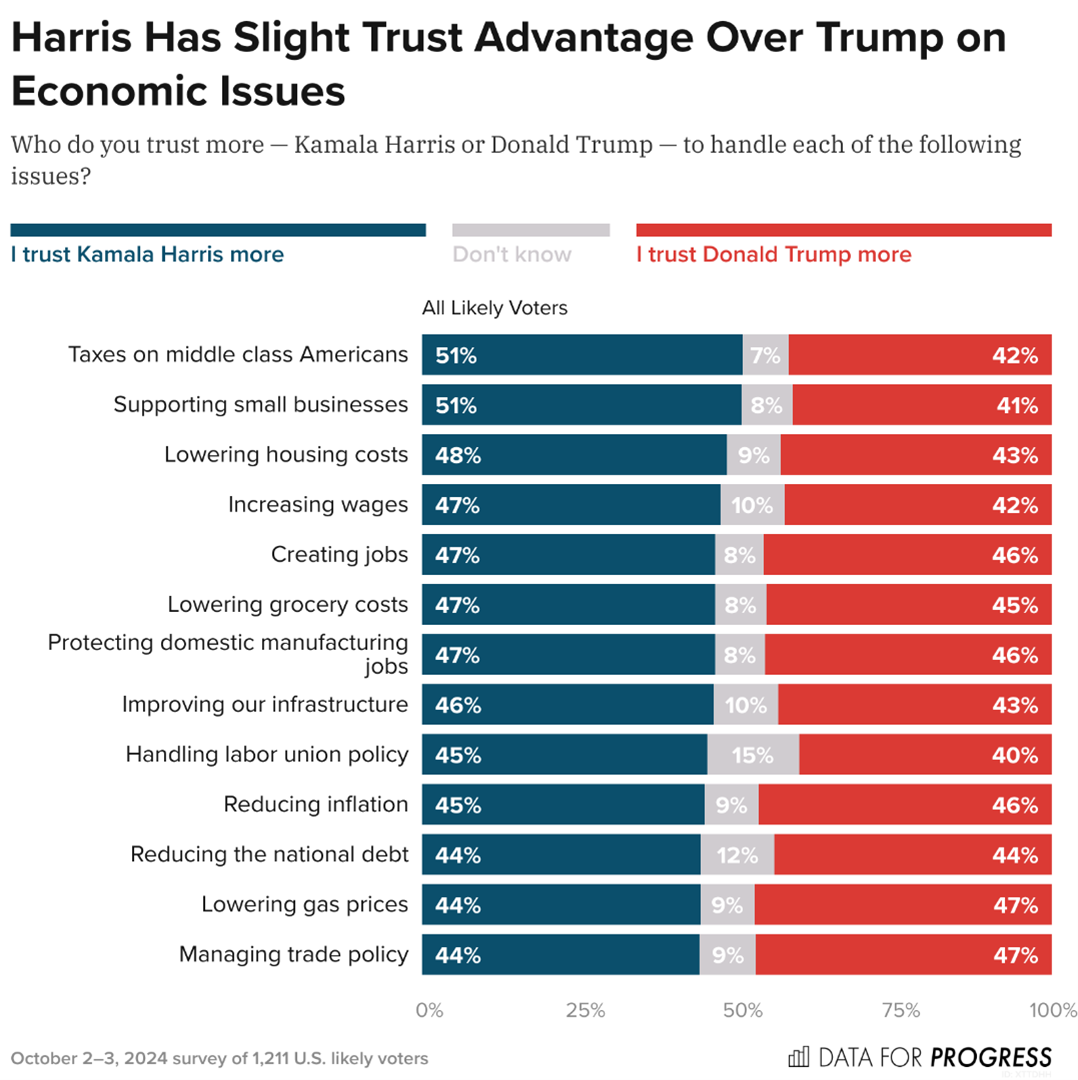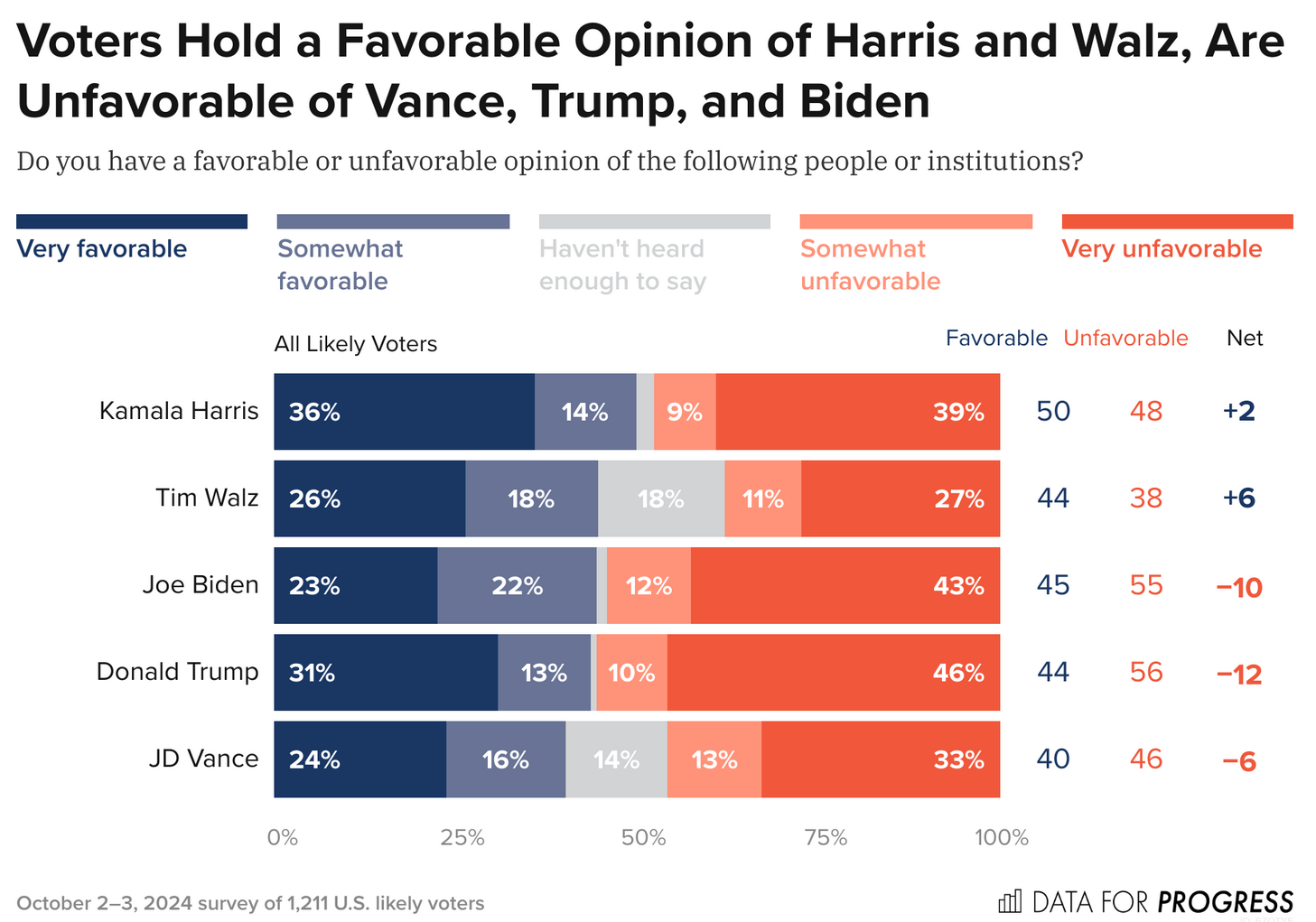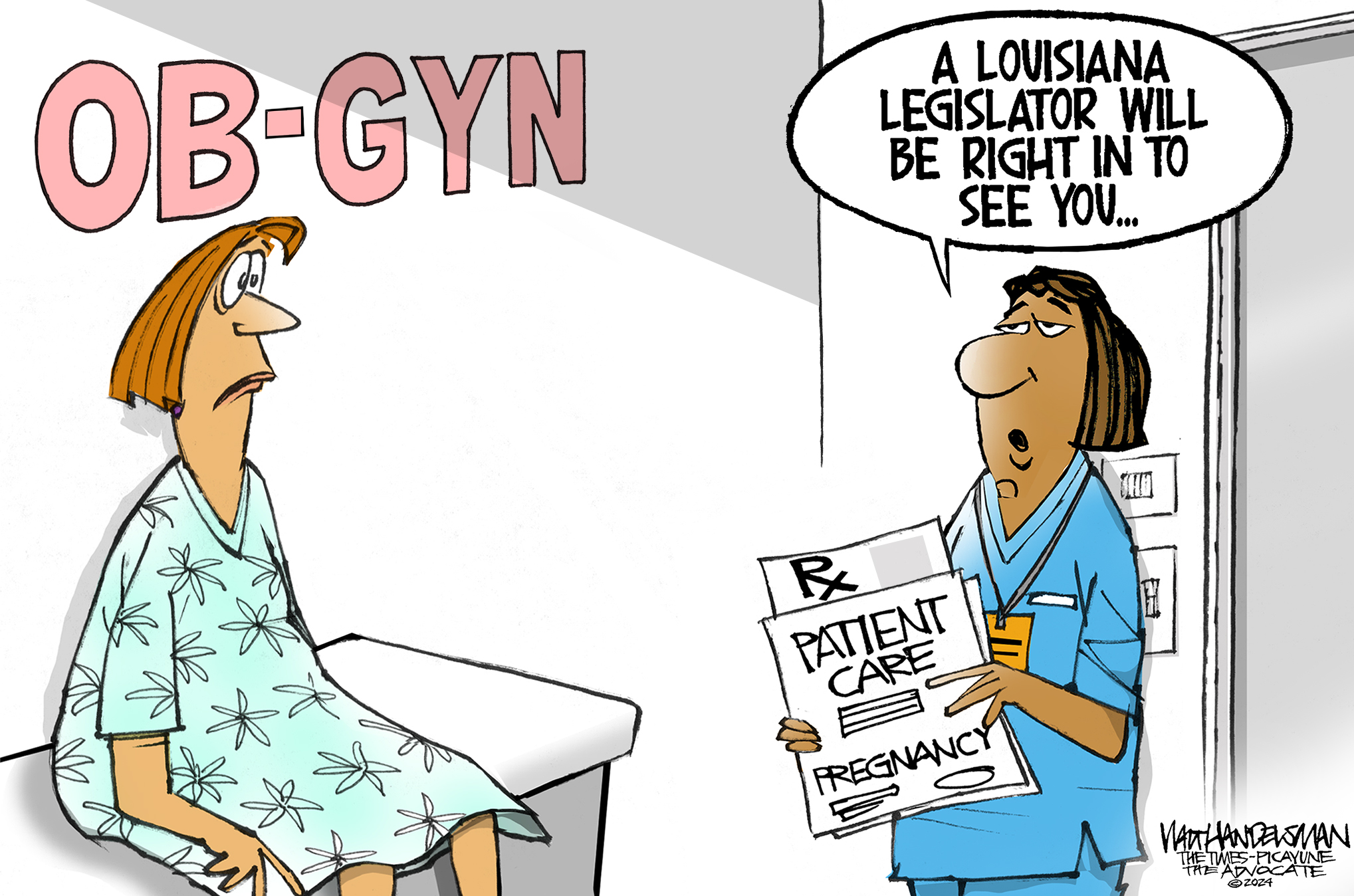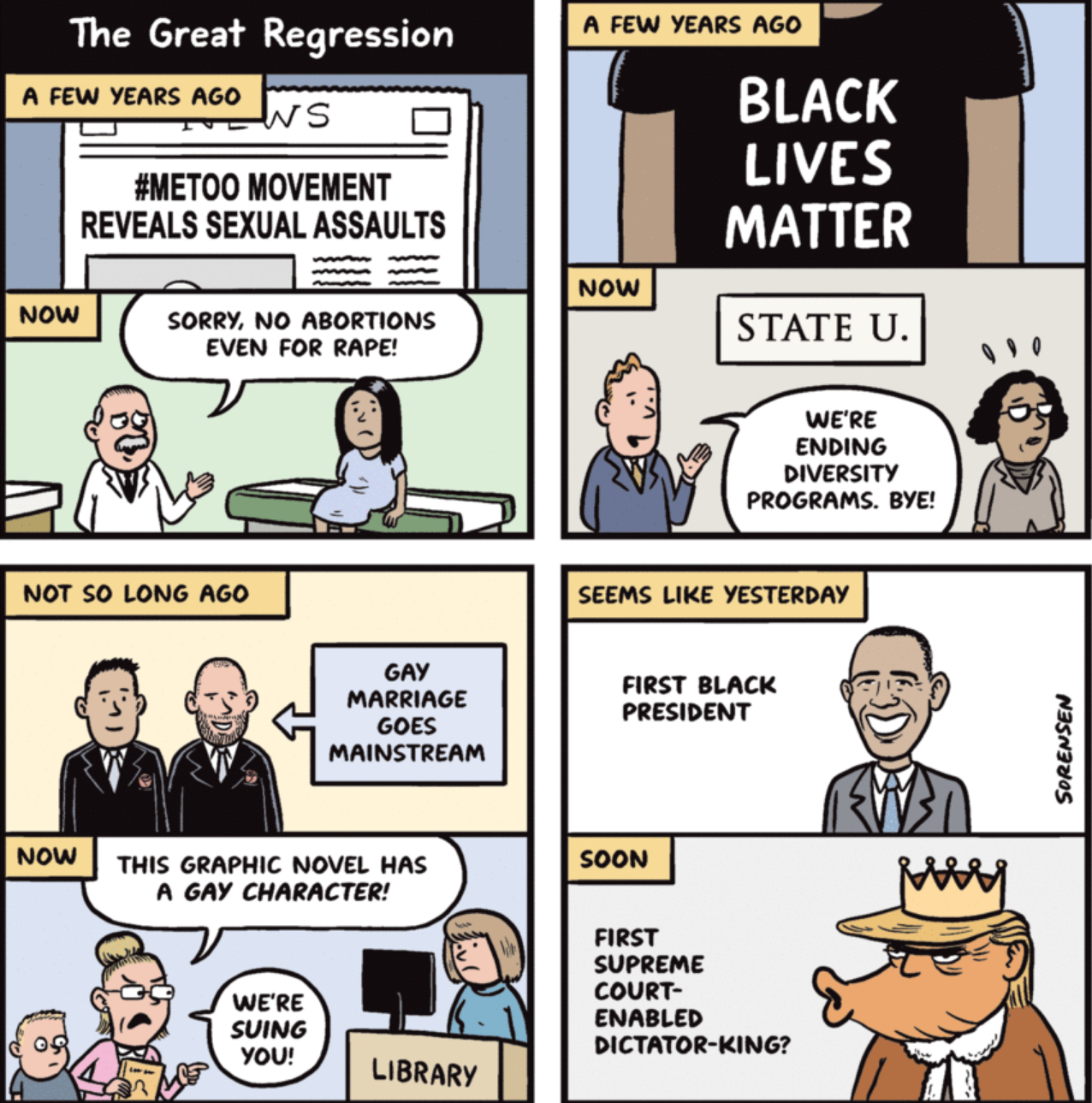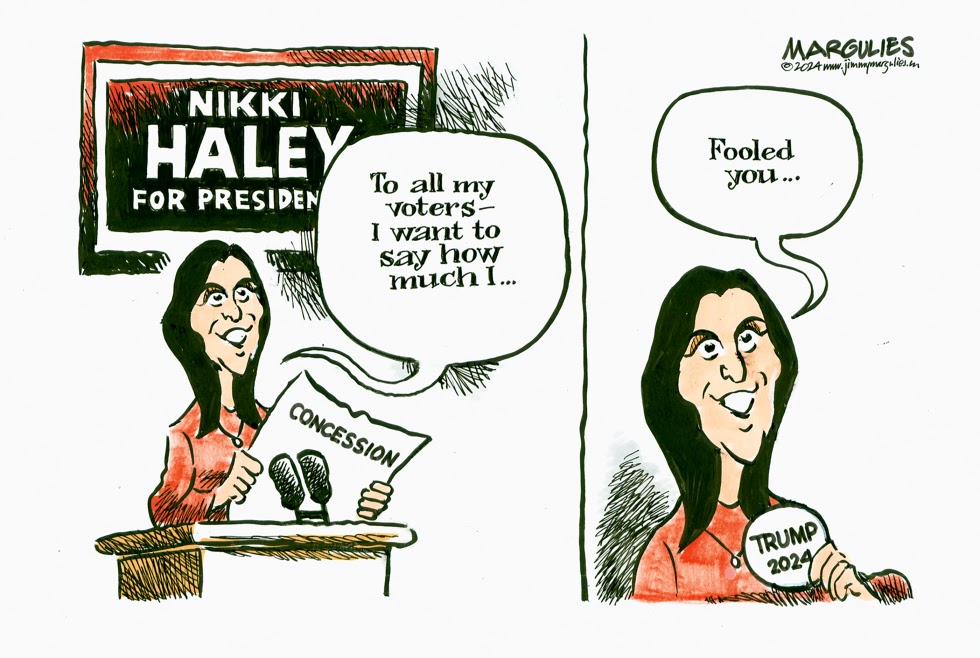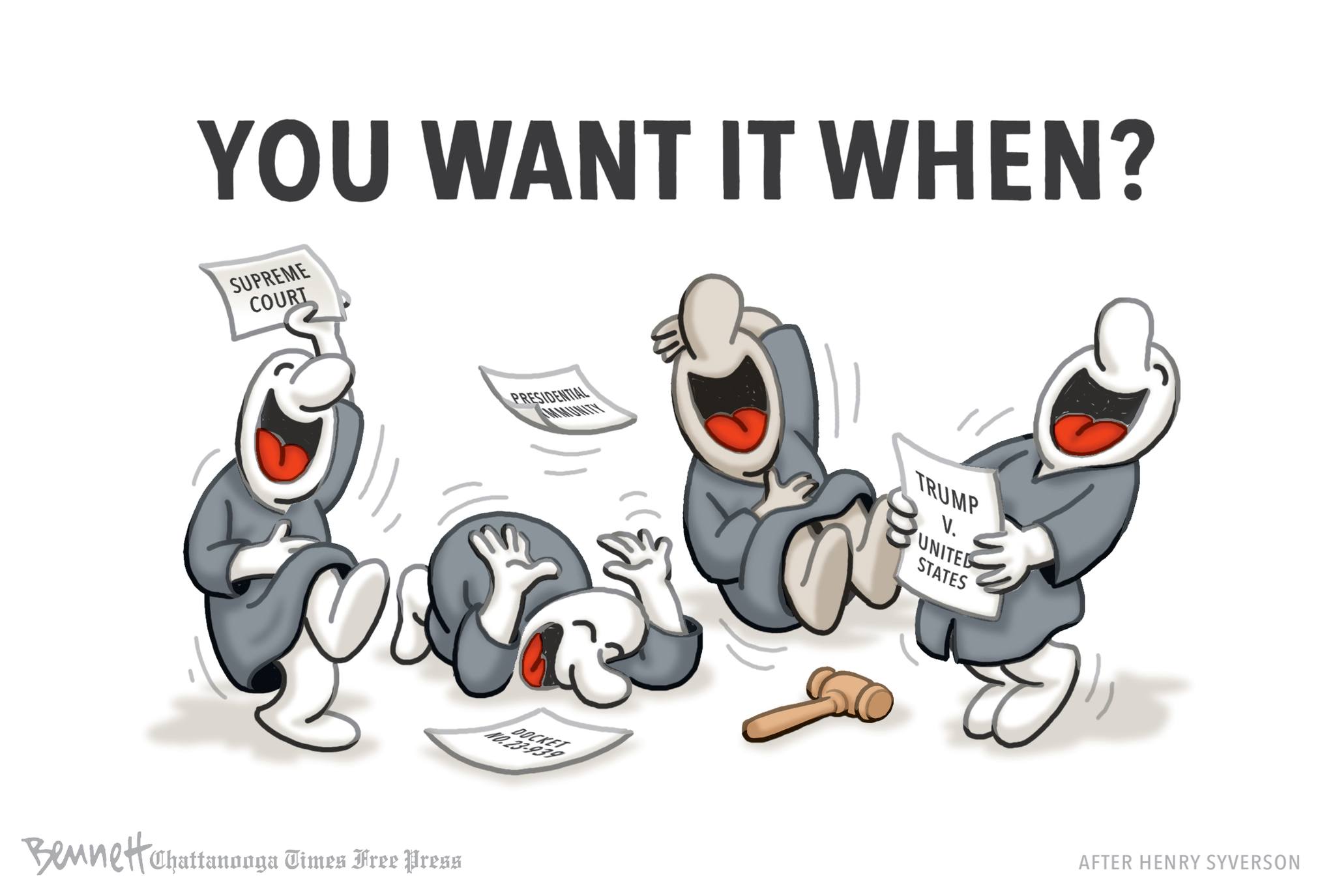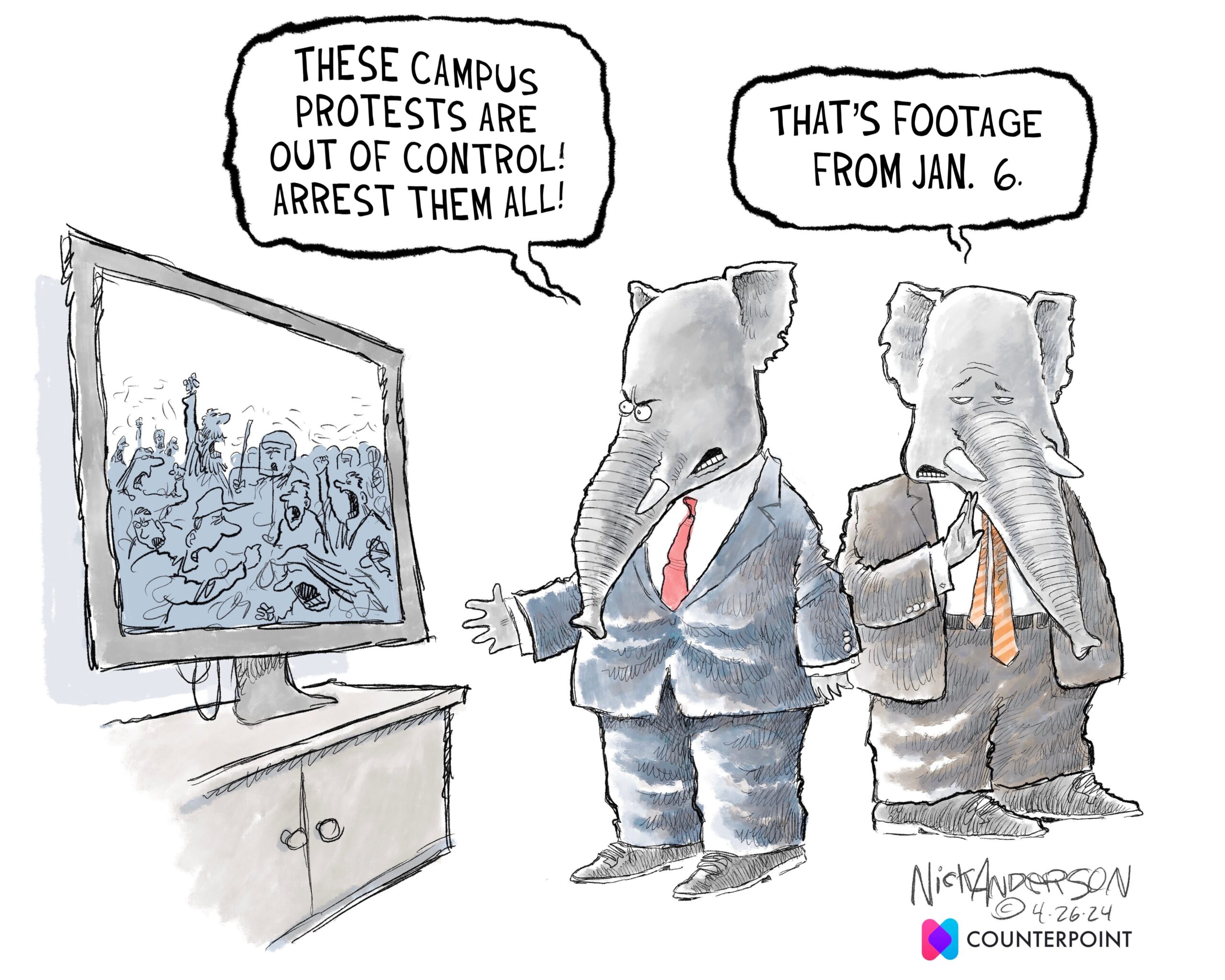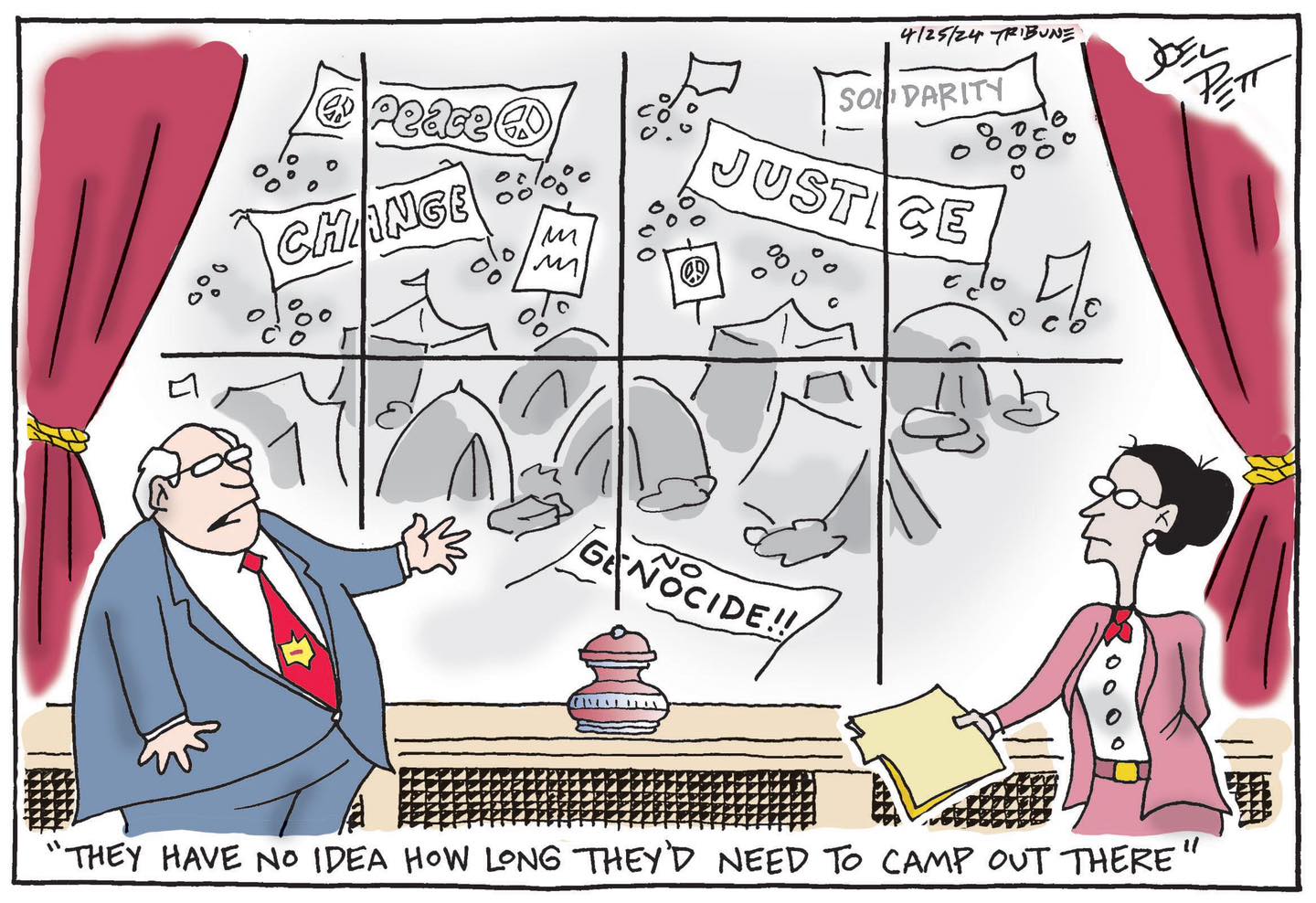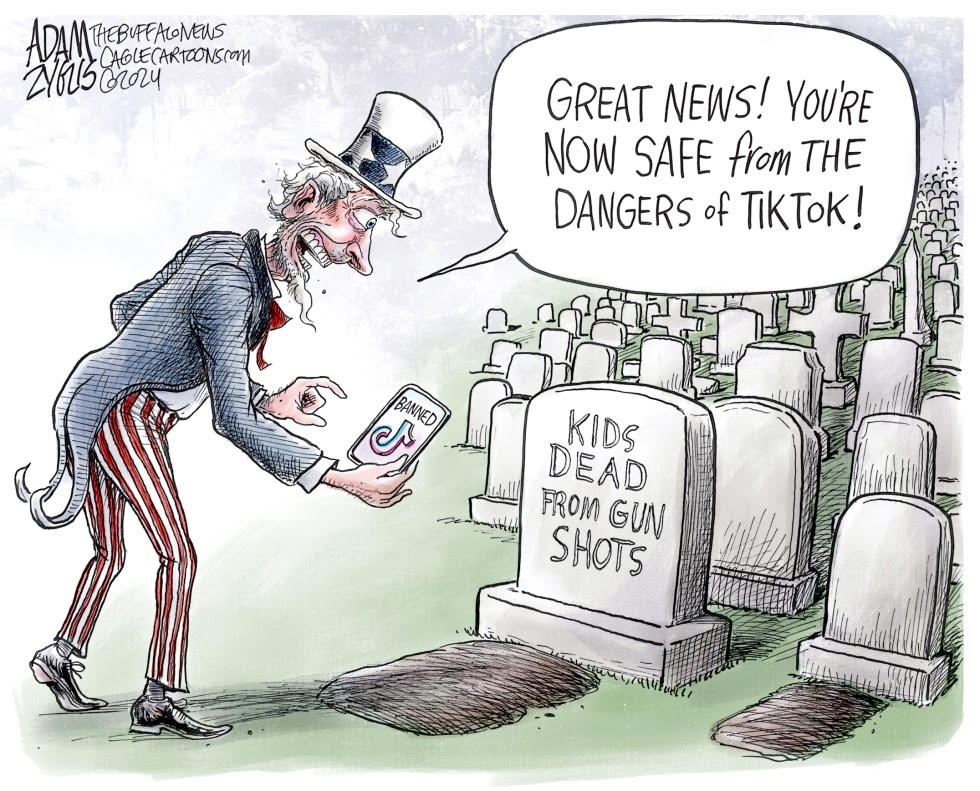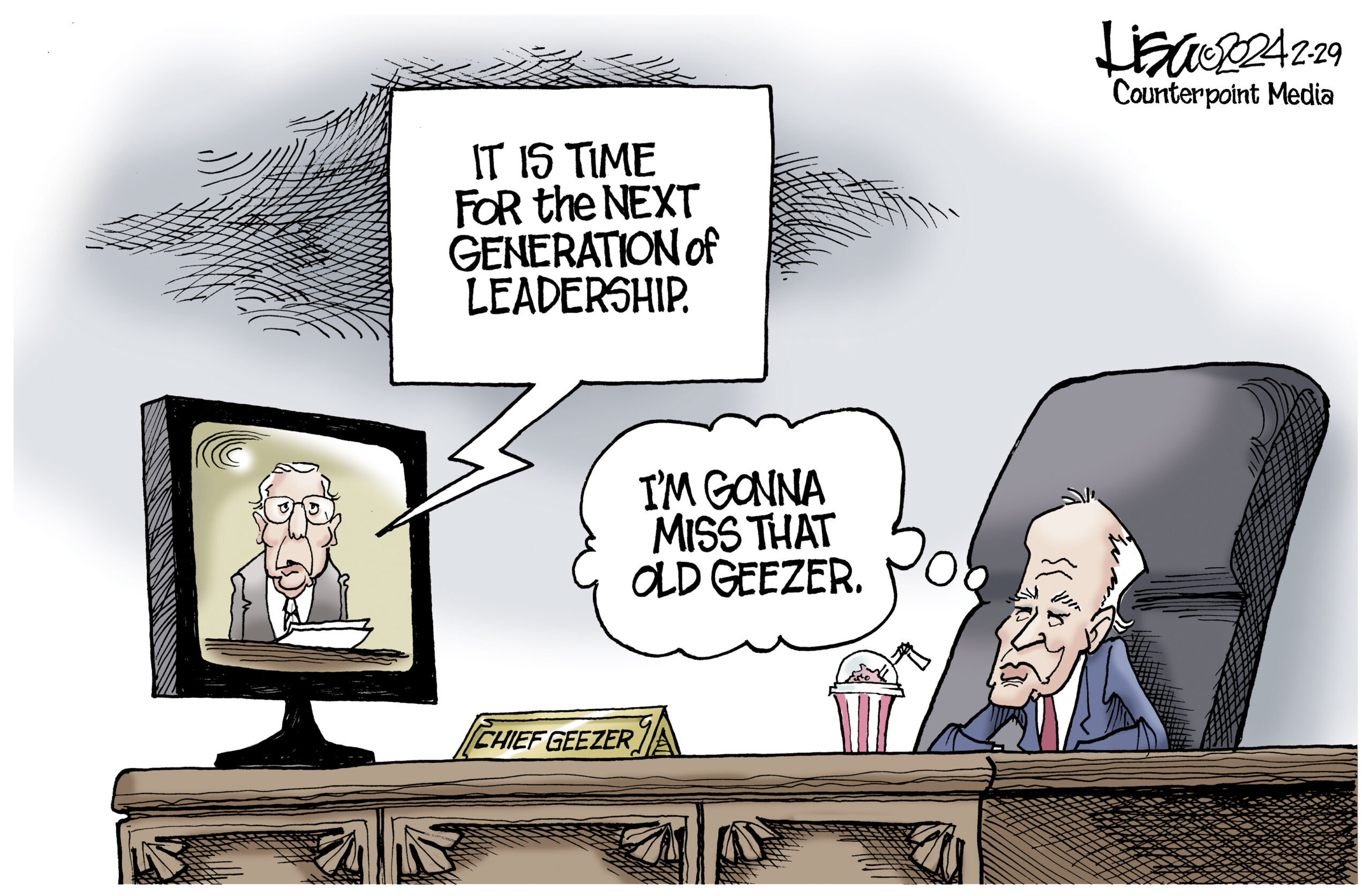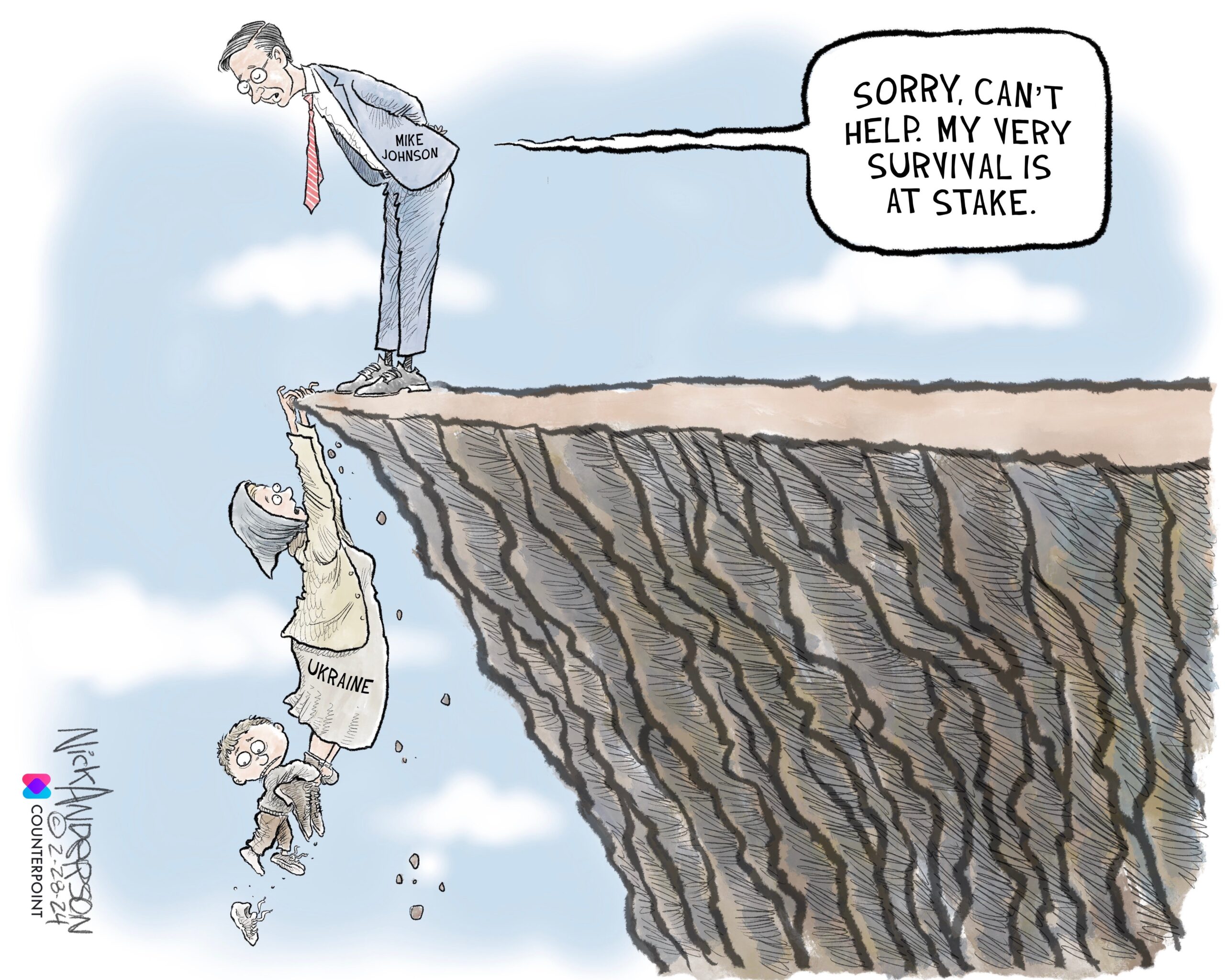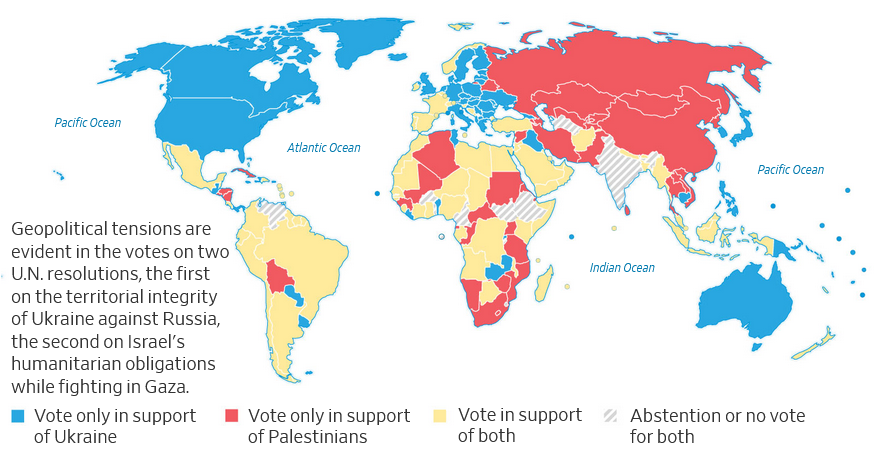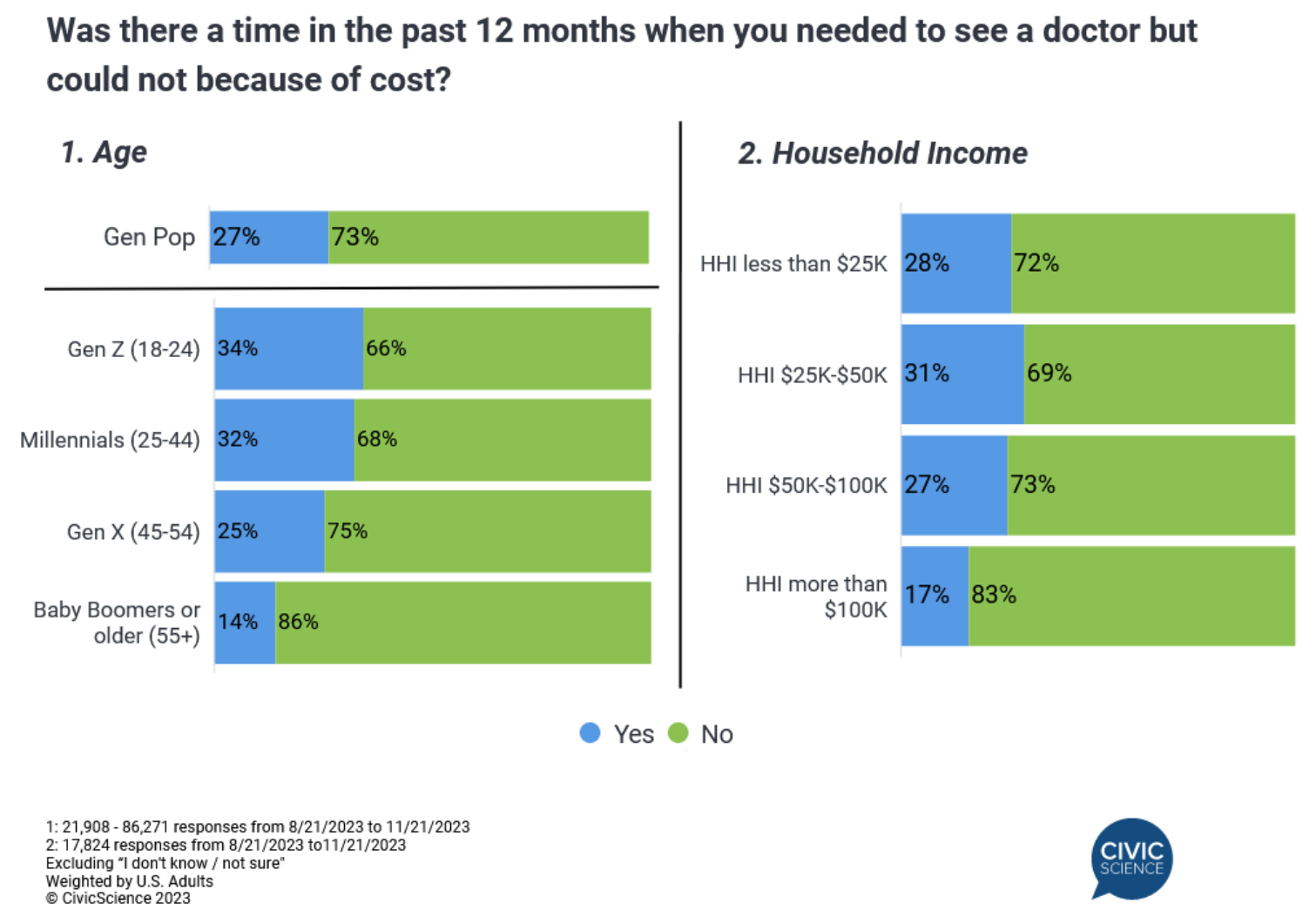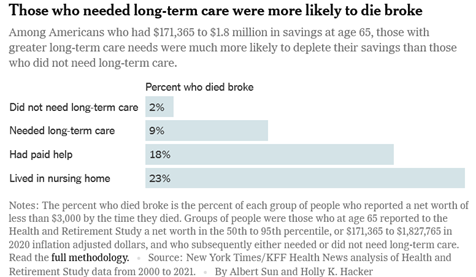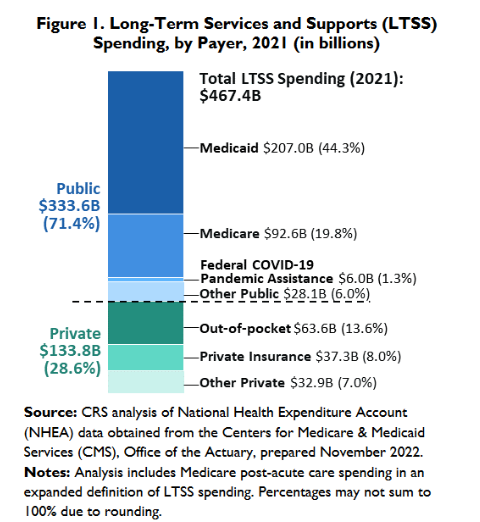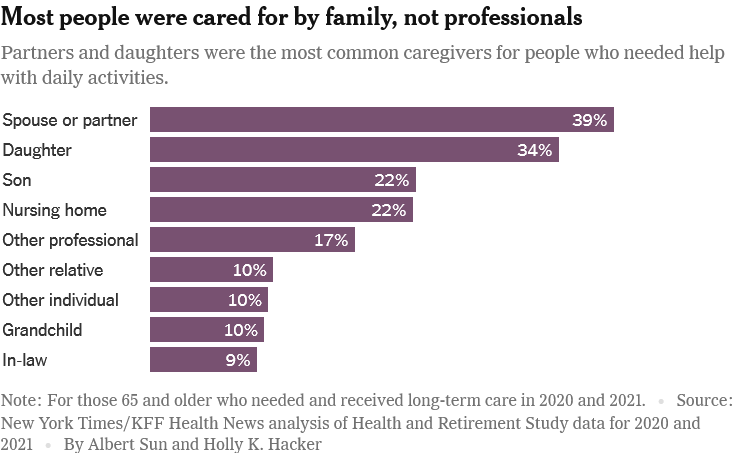The Daily Escape:

Bear Trap Gap, NC – November 2024 photo by Mandy Gallimore
“If you want things to stay as they are, things will have to change”– Il Gattopardo
If you’re on social media, a concerning number of people seem to openly support gunning down a “corporate rich guy” in broad daylight. Brian Thompson, the CEO of United Healthcare was murdered in what appears to be a targeted killing. And the comments about it on the internet underscore there is kind of a depravity circulating in too many Americans.
This, after two attempts to assassinate Trump during the campaign. Which stirred up similar, although more muted reaction on social media.
The killer left anti-insurance messages on the shell casings of the bullets that killed Thompson, using the words: “deny,” “defend” and “depose”. Those words are references to the ways insurance companies avoid paying for care.
An excellent summary by Bob Lefsetz:
“And we thought the revolution would arrive as a result of the red/blue divide. When in truth, it’s all about income inequality. Please don’t criticize me for having sympathy for those screwed by the insurance companies. If I were in charge, there’d be no guns at all, or a law akin to that in Australia. But one would posit that the shooter is pissed because the insurance company didn’t pay.
But that’s what insurance companies do, not pay. That’s their business model. Even assuming you can see the doctor of your choice, which is rare.”
Yes, not pay whenever possible is what insurance companies do.
To be clear, this is why advanced societies have tended to create broad publicly funded social safety net programs. It’s not because their bleeding heart politicians love giving away money. It’s because making sure people have humane standards of living keeps them from becoming desperate and doing stuff like this. During the Great Depression, capitalists agreed—grudgingly—to the New Deal because they were afraid otherwise the country would “go Communist”.
We have no clarity on the actual motive behind the killing, but all signs point to it being linked to dissatisfaction with our health insurance system. And we need to remember that Brian Thompson was a human being with a family. So calling his death justified is despicable.
It’s the health insurance payment system and healthcare pricing for goods and services that is despicable.
From STAT:
“The public’s dissatisfaction has never been higher. Recent polling data show the health care system is as unpopular now as it was before the Affordable Care Act went into effect 15 years ago — a time when insurers could decline to cover people if they had any number of pre-existing health conditions and nearly 49 million people lacked insurance. A survey from Gallup released Friday reveals that “Americans’ positive rating of the quality of health care in the U.S. is now at its lowest point” since 2001.”
More:
“Roughly 25 million Americans remain uninsured. Tens of millions of others have health insurance but can’t afford their deductibles, coinsurance, or copays due to the high prices of tests, surgeries, and prescription drugs….These barriers aren’t just a nuisance — they can have real effects on patients’ health.”
The KFF foundation reports that 100 million Americans have medical debt, and its highly doubtful that they can afford to pay it down. Even people with platinum forms of coverage face long waits coordinating the complex and uncoordinated delivery of their health care, as Wrongo knows firsthand.
After getting care, patients are inundated with medical bills they don’t understand — perplexed why their insurer isn’t advocating on their behalf, and fearful that hospitals and other providers will send them to collections or sue them.
It’s all part of a health care system that is projected to spend $5 trillion this year, eating further into workers’ wages. Those who feel most aggrieved often are the sickest. Most people are generally satisfied with their health insurance. However, people who have more health conditions and therefore need to get care more frequently don’t like their coverage nearly as much as healthier people, according to polling from KFF.
So, the more they know you, the more they dislike you. People are feeling a sense of helplessness in trying to address this mammoth commercial insurance industry that’s putting restraints on people’s ability to get care. When you feel that sense of helplessness is when you end up having situations like this. People don’t really know what else to do.
The murder of the CEO and the public’s reaction reveals that:
- Americans are blindingly angry, and not just with the healthcare system.
- Due process is no longer trusted. Have enough money and you’re likely to buy your way out of a bad situation. The FTC says Twitter must comply with the consent decree and Elon Musk just doesn’t do it. The government is no match for the rich. Money can insulate you from so much.
- Vigilante justice has become a solution in some places because of the lack of due process.
We’re entering a period that is very similar to the Gilded Age of the 1880s and the 1930s.
Our social contract is in free fall. And the Trump administration’s proposed cabinet officers will make it worse.
What will happen in a country with 400 million guns and 320 million people? Things may go downhill quickly. Never forget, most change is fomented by individuals. A fruit vendor in Tunisia ignited the Arab Spring.
Is this the start of change in America? One person gunning down an insurance company executive?
Wrongo doesn’t condone the shooting. At this point we have no motive. But what we do know makes you think about our broken health care system and the overcompensation of the people who run it. They’re getting rich on our illnesses. They take our money and then, don’t pay.
Ain’t that America.


